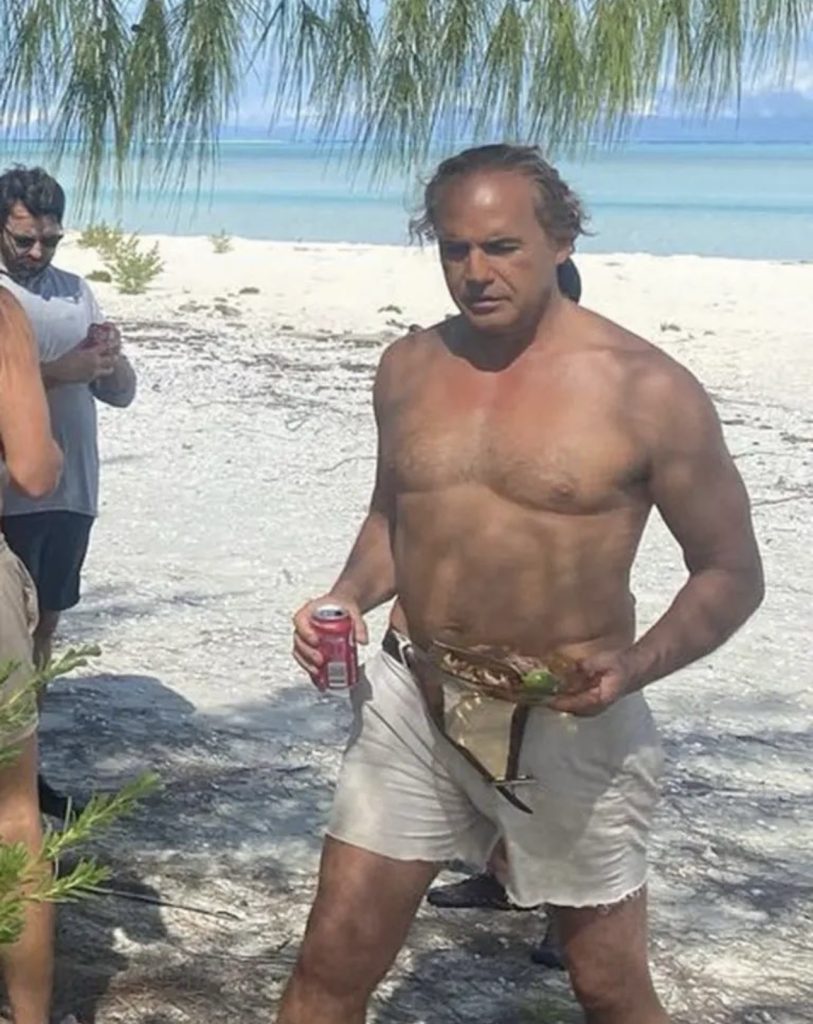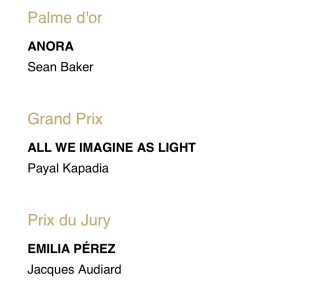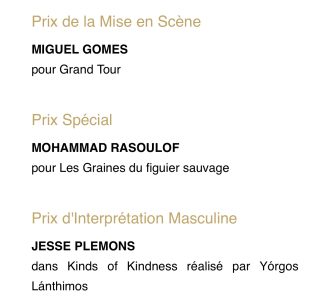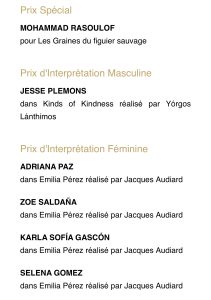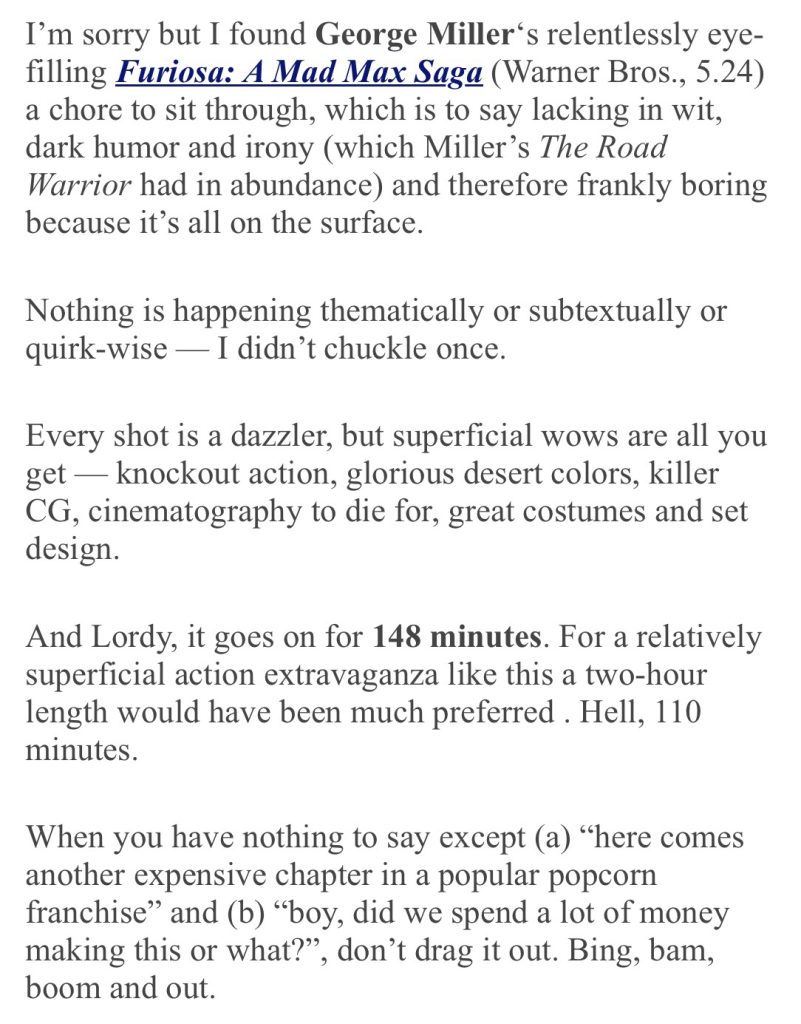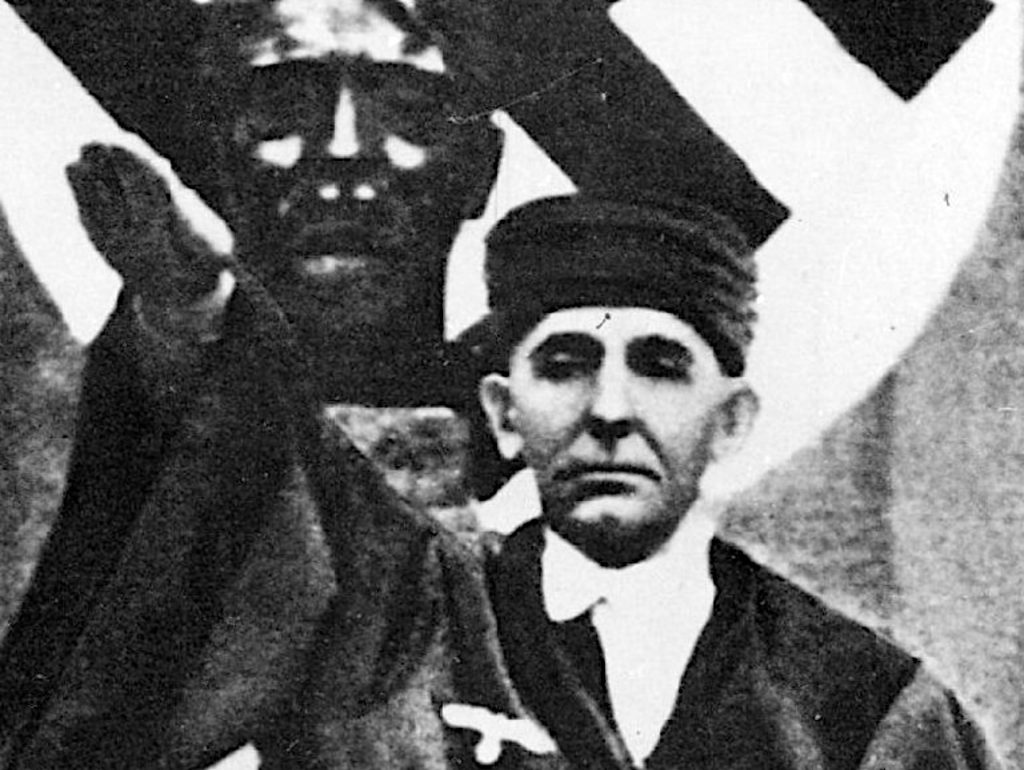NYC transit system to weary traveller upon his return from France:
Welcome back, Chuck, and now the ordeal begins.
Nine and a half hours from Nice Airport take-off at 2 pm (or 8 am by a Manhattan clock) to your JFK 5:30 pm touchdown, you say?
Followed by 170 drag-ass minutes (customs, luggage retrieval, endless walking, Air Train, missing the Howard Beach A train by seconds), topped off by your A train’s sluggish arrival at Penn Station at 8:20 pm, thereby causing you to miss your 8:11 pm Jersey Transit train to West Orange.
I had awoken on Saturday morning at the NYC equivalent of 12:30 am.
London and Nice-area mass transit systems are faster, smoother, more comfortable and less arduous, you say? They actually have escalators everywhere, unlike NYC?
I began my Cannes-to-Nice bus voyage (free voucher supplied by Cannes Film Festival staff) at the NYC time zone equivalent of 4:30 am and finally walked through Jett’s door in West Orange last night at roughly 9:15 pm or 3:15 am Cannes time, or nearly 23 hours later.
What do you do, whine for a living? Are you a baby, some kind of chronic complainer? Are you a man or a mouse? Nine and a half hours of flying plus 14 hours of ground transport and waiting on both ends…par for the course.


